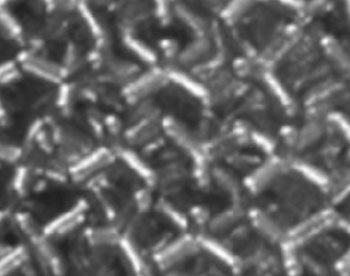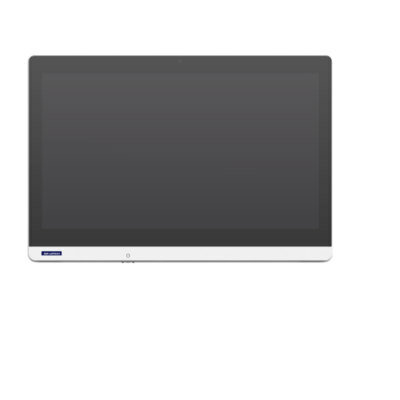3D Printed Cage Aids Lumbar Spinal Fixation
By HospiMedica International staff writers
Posted on 13 Mar 2016
A new posterior lumbar cage made using additive manufacturing technology helps treat spinal conditions such as degenerative disc disease, spondylolisthesis, and degenerative scoliosis.Posted on 13 Mar 2016
The Tritanium PL posterior lumbar cage is the result of using a novel, highly porous titanium material that is manufactured via a three dimensional (3D) additive manufacturing process. It is designed for both bone ingrowth and biological fixation, when used with cancellous and/or corticocancellous autografts or allogenic bone grafts, and can be combined with supplemental lumbosacral spinal fixation systems (via a posterior approach) during fixation procedures.

Image: Tritanium under a scanning electron microscope (Photo courtesy of Stryker).
Tritanium PL Cages are offered in a variety of widths, lengths, heights, and lordotic angles, and are designed to adapt to a variety of patient anatomies as well as address the potential for subsidence into the endplates. Solid-tipped, precisely angled serrations are designed for bidirectional fixation and maximal surface area for endplate contact with the implant. The Tritanium PL Cage is a product of Stryker Corporation (Kalamazoo, MI, USA), and has been approved by the US Food and Drug Administration (FDA).
“We are committed to offering a full range of innovative spinal products that allow surgeons to help their patients return to a more active lifestyle,” said Brad Paddock, president of the Stryker spine division. “Our advanced 3D additive manufacturing capabilities allow us to precisely manufacture the porous structures of Tritanium and specific implant geometries. We are pleased to bring this technology to our spine surgeon community and their patients.”
Tritanium is an open-cell, highly porous, 3D Titanium matrix that can be used as an implant coating or on its own; the sponge-like matrix has architecture similar to that of cancellous bone. The name was first coined in the Star Trek [a popular, long-running science-fiction TV series] universe as an extremely hard element used in the construction of spaceship bulkheads.
Related Links:
Stryker Corporation














